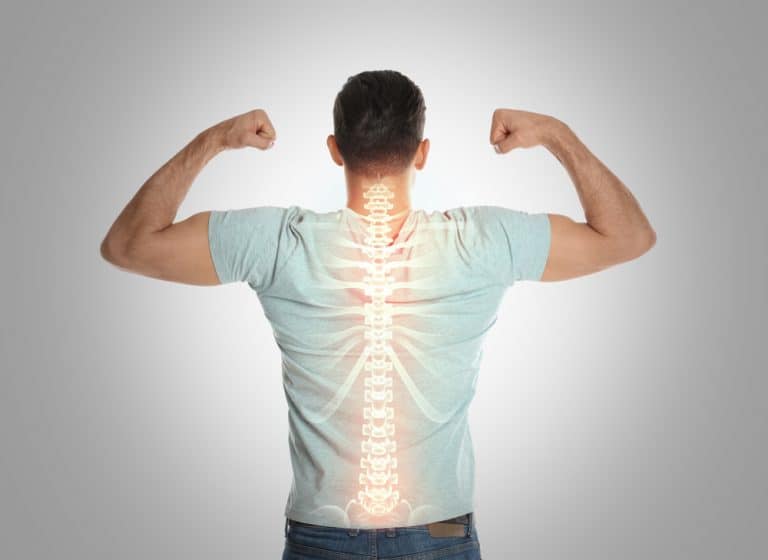If you’re suffering from back pain or spinal fractures, you might have heard about kyphoplasty. This minimally invasive procedure can provide significant relief and improve your quality of life. But is it the right option for you? At NY Spine Medicine, we specialize in kyphoplasty treatments and are here to help you understand whether this procedure suits your needs. Let’s explore the key factors to consider.
Understanding Kyphoplasty
Kyphoplasty is a surgical procedure designed to treat spinal fractures, often caused by osteoporosis. During the procedure, a balloon is inserted into the fractured vertebra to create space. Then, medical-grade bone cement is injected to stabilize the spine. This procedure can offer immediate pain relief and restore mobility, making it an excellent option for many patients in Stuyvesant Square, NY.
Is Kyphoplasty Treatment Right for You?
Severity of Your Condition
The first factor to consider is the severity of your spinal fractures or back pain. Kyphoplasty is particularly effective for recent fractures. If your pain is due to a compression fracture, kyphoplasty might be the solution you need. Our specialists at NY Spine Medicine can evaluate your condition and determine if this procedure is appropriate for you.
Kyphoplasty Benefits
The benefits of kyphoplasty are numerous. Patients often experience significant pain relief almost immediately after the procedure. Additionally, kyphoplasty can help restore the height of the collapsed vertebra, improving posture and reducing the risk of future fractures. In Stuyvesant Square, NY, many patients have found a new lease on life through kyphoplasty.
Candidate Eligibility
Not everyone is an ideal candidate for kyphoplasty. This procedure is typically recommended for patients with painful vertebral compression fractures that do not respond to conventional treatments. If you have osteoporosis or certain types of cancer affecting your spine, you might be an excellent candidate for kyphoplasty. Our team at NY Spine Medicine in New York City will conduct a thorough assessment to determine your eligibility.
Expertise of Your Medical Team
The success of kyphoplasty greatly depends on the expertise of the specialists performing the procedure. At NY Spine Medicine, our kyphoplasty specialists have extensive experience and a high success rate. We are dedicated to providing the best care for our patients in Stuyvesant Square, NY, and ensuring a smooth recovery process.
Recovery and Aftercare
Recovery from kyphoplasty is generally quick, with most patients resuming their normal activities within a few days. However, following your doctor’s post-operative instructions is crucial to ensure the best outcome. Our team in New York City will provide comprehensive aftercare instructions and support to help you recover fully.









